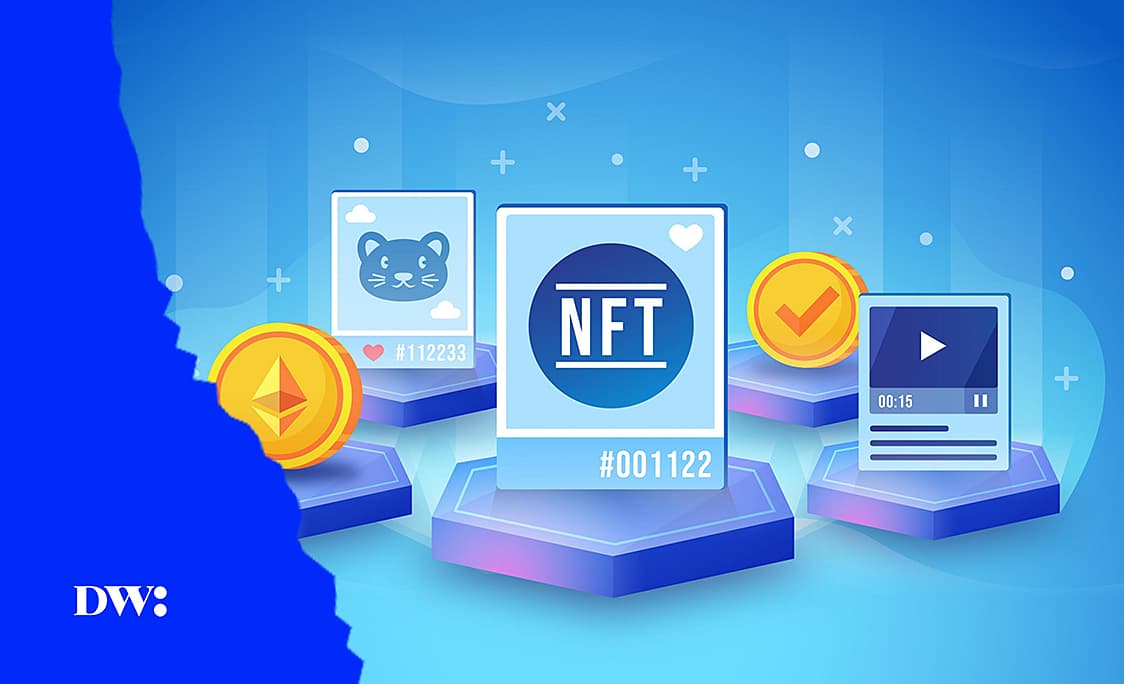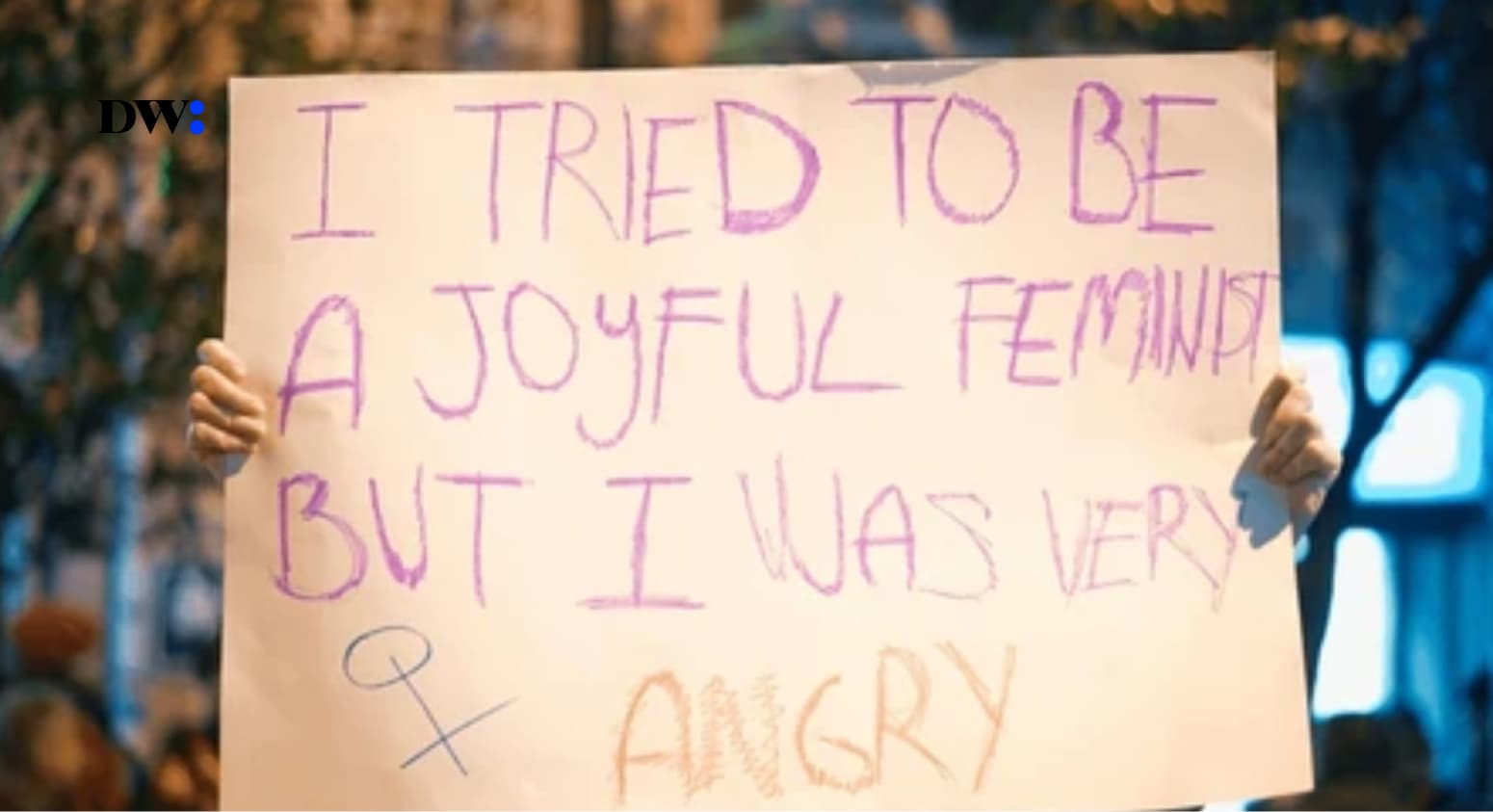Over the years, technology has played a fundamental role in the evolution of the art world. These two concepts — technology and art — are seen as opposites but have a lot more in common than one would think. Some might also believe that there is nothing novel about their interconnectedness. However, how they have both evolved and how technology is being leveraged to transform the art world daily is something to examine and applaud as they continue to define and shape our world.
The advancement of technology has changed how art is perceived by artists, art lovers, and art collectors. As new technologies emerge, artists can explore and create contemporary, distinctive, unusually immersive, and compellingly engaging art. Tech has become a significant source of inspiration for artists to express their artistic talents and ideas without boundaries endlessly.
New findings from The Female Quotient (The FQ) and the media company EWG Unlimited show that metaverse experiences are still primarily geared toward men. The report titled “What Women Want in Web 3.0” also found that 62 per cent of women surveyed have never heard of or are unfamiliar with NFTs, while 24 per cent of women don’t understand the Metaverse.
Artist and photographer Ronke Komos said:
“For me, tech has given me exposure to other forms of art and has helped in connecting with people across the world and sharing ideas that have helped solidify my practice.”
Mediums like graphic design, digital illustrations, mixed media art, 3D printing, social media, and others have progressively disrupted the art industry and changed how art is made by artists and consumed and experienced by art lovers. These mediums connect artists, replicating a shared world. They further connect artists to a broader audience, patrons, and sponsors.
Nengi Uranta, a multidisciplinary artist comments:
“It has made artists and collectors connect in new ways, ironically adding an extra human element to the art world, where collectors can learn about the art/artist directly from the artist because they are simply a DM away, for instance.”
A more recent example is blockchain technology and NFTs, which allow artists to monetise their art. According to a Forbes article, NFTs, also known as Non-Fungible Tokens, are digital data that represent digital files, which may include art, music or tweets, stored in a digital ledger. The title deed is known as a blockchain. The pandemic came, and artists had to find new mediums to promote their works beyond Instagram and Pinterest.
In a country like Nigeria, where there is a ban on cryptocurrency, it has been tedious and tricky for artists to mint art as NFTs. Nevertheless, we have multidisciplinary artists like Niyi Okeowo, pop artists like Osinachi, Anthony Azekwoh and Oyindamola Oyekemi Oyewumi, who have made a name — and money — for themselves in the budding digital art space by minting their art and posting them for sale on NFT platforms, OpenSea or Rarible, or art digital marketplaces like Artsy. Buyers then take turns bidding for the art, which makes it possible for the artist to get more value for their art.
“To strike gold in NFTs, an artist must have two things: acumen and an audience”, Anne Quito writes in Quartz.
The NFT art space has been able to propel these Nigerian artists, and a few others, into the global scene and has connected them to a larger audience. Indeed, the NFT space in Nigeria is still tiny, but with the emergence of digital curators worldwide, Nigerian artists will break into the NFT art scene.
Technological mediums ensure that artists can do more than exhibit their work in galleries and auction houses to sell their art. Now, galleries have transcended physical spaces, and virtual exhibitions create new experiences for art lovers worldwide. It also means that artists can make more profits from their works because of the seamless option of being able to sell their art directly to art collectors.
Open this for a surprise.
Meet some female artists who have leveraged the Web3 space and are doing well in the NFT scene.
- Jekein Lato-Unah: She is a multidisciplinary artist. She creates one-of-a-kind oil paintings that capture the exclusive patent energy of her subjects. She aims to destroy patriarchy and portray women in their most natural, best, and contented states. Her paintings celebrate women, denounce the oppression of marginalised groups, speak out against the objectification of women, and speak on social constructs. Her portfolio features impressive pieces of work influenced by her experiences, those of other women, and the works of her foremothers.
- Yinkore: She is a self-taught digital artist who lives and works in Nigeria. She is particular about creating pieces that focus on the representation of black women, her Nigerian culture, sexuality and all other minority issues. In 2021, she ventured into NFTs, and since then, she has been a trending creator on Foundation and has been featured on the homepage of Opensea.
- Adaeze Okaro: She is a visual artist and a web3 creator. She was a 2022 Women Rise NFT x Voice HQ Artist Resident. Her imagery is inspired by love, melancholy and black beauty.
- Nengi Uranta: She is a visual artist from Nigeria. She expresses her curiosity about the ephemeral nature of life, the human condition as vessels of thoughts and memories, and the importance of self through her subjects as an unconventional multi-dimensional string and digital artist. Nengi is an NFT artist. Her first NFT series, “Am I Home?” is a collection of 12 digital paintings about how alienation happens when we are overwhelmed. It is a portrait of the artist as the subject with varied facial expressions, ranging from bored, exhausted, cynical, and straight-faced. The collectibles were available on OpenSea.
- Freddie Jacob: She is a Nigerian queer digital artist who is passionate about creating pieces that are often inspired by my intersectional African identity. She explores themes and discussions around female identity, female allyship, familial love, healing and female hair politics. In 2020, she released her first-ever NFT collection on Opensea.





